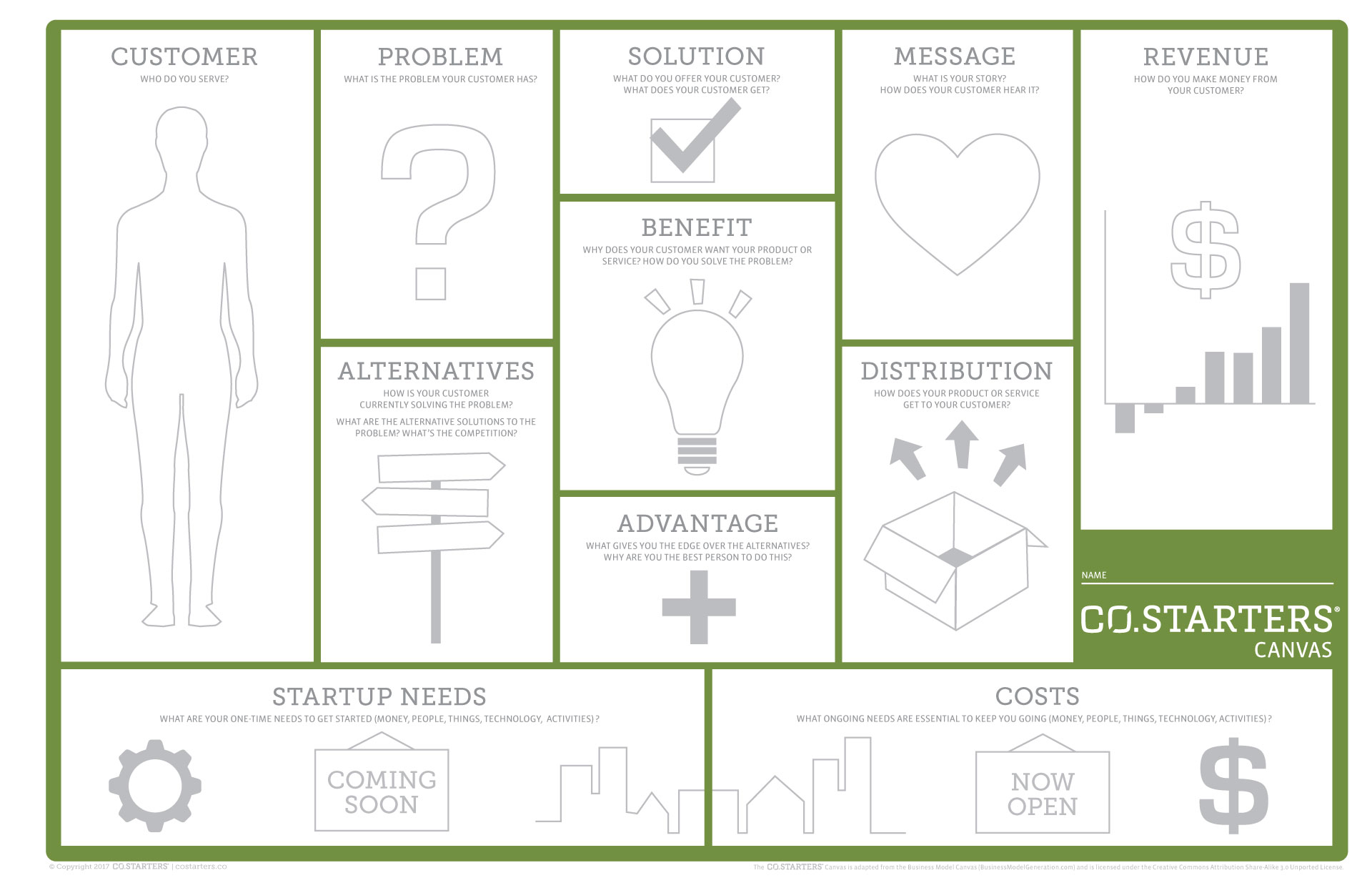By Enoch Elwell, CO.STARTERS Founder & Visionary
You spend a lot of your time helping new entrepreneurs get started, and you know this problem when you see it. An email pops up from a small business founder, asking you for more help with the same problem you talked about last week. They can’t seem to make any progress. You want to help, but you have limited time and feel like you are running out of options. It’s a familiar pattern, and this founder isn’t the only one who can’t seem to move forward despite your best efforts to get them unstuck. How can you help them break the cycle and get their venture moving in the right direction?
Through my conversations with hundreds of entrepreneurs over the years, I’ve discovered a few insights for solving this problem. If you have a starter who is stuck, these tips may help…
1. Shift the narrative.
To get out of a rut, you need to shift the conversation from its typical course. If you let the founder lead the conversation it is easy to lapse into the woes and challenges of their issue, and it feels like a good thing to listen to them and relationally connect through their stories. However, to break them out of their rut, you need to take charge of the conversation and keep it fully focused on identifying and addressing their obstacles. While every conversation needs to communicate a context of care for the founder, save the storytelling and relationship building time for another occasion.
2. Use a framework to guide the conversation.
Conversations tend to go down rabbit trails when left to their own devices. Using a set framework to guide the conversation can help you effectively and efficiently identify the issues blocking a founder. We recommend walking founders through the CO.STARTERS Canvas, using the prompt questions for each box as your conversation guide. (But we might be a little biased.)
3. Challenge assumptions
As you guide founders through a framework to identify their issues, keep in mind that being stuck could mean they are not seeing the real issues clearly. It is essential that you listen with a critical ear and challenge (with kindness) statements they make that may not add up or seem off. Your goal is not to tell them what you think, but to ask questions that help them clarify or re-evaluate their assumptions or beliefs about their business model. By doing this, your founder may realize that the issues they thought were pressing are not be as urgent, and discover that they had overlooked more critical issues.
4. Identify the most critical need.
Most likely the starter will need help in a lot of areas. Ideally, using a framework to focus your diagnostic conversation and asking good questions to challenge assumptions should lead your founder to discover the most critical need, but they may become overwhelmed by the list of additional issues that might surface. Don’t let them stay lost in the woods, and resist the temptation to try to help with everything. Don’t automatically accept their assessment of which issue is most pressing. Instead, help them pinpoint and address the most critical and strategic need that will be a barrier to their overall success.
5. Done is better than perfect.
Sometimes starters get stuck because they are hung up on figuring out every little detail. Even though you have helped them identify the most critical need, they haven’t forgotten all those other issues. Help them break down big obstacles into small achievable tasks, and put the secondary issues aside until they feel confident in moving forward again.
6. Get a commitment to action.
Once the issue is identified, get a commitment from the founder to do the most important actionable item and hold them accountable to it.
BONUS TIP: Make completing assignments a condition for continued support.
Sometimes getting unstuck doesn’t stick! If you have a founder who continues seeking help but did not follow through on commitments they made during a previous session, they may need to have their actions (or lack of action) addressed more directly. In this situation, consider making the completion of the founder’s agreed-upon action a requirement for a follow-up meeting or other ongoing support. Another option is to avoid this problem from the beginning by scheduling a follow-up meeting after the initial session and sending a reminder that prompts the founder to send their progress update before the meeting occurs as a prerequisite to keeping it on the calendar.



Leave A Comment